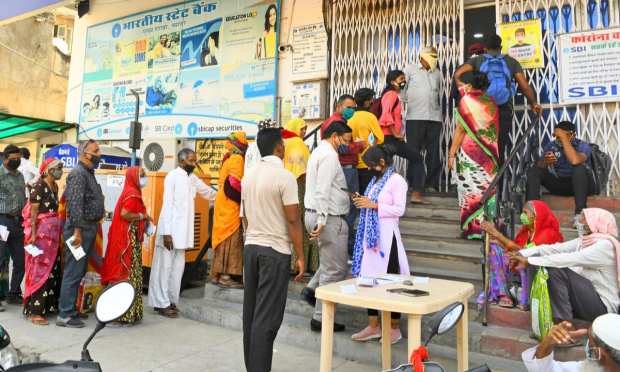India’s Central Bank Recommends Integrating Corporates Into Banking

India’s central bank is considering allowing payment banks and other finance companies to become lenders.
A working group within the central bank is also mulling over whether to allow industrial conglomerates to set up banking units, according to Reuters.
In a committee report released on Friday (Nov. 20), the working group recommended regulatory changes that would allow industrial groups to hold larger stakes in lenders, marking a significant policy shift for the central bank. Analysts told Reuters that the shift could be aimed at attracting more capital and increasing competition within the banking sector.
“Allowing corporates into banking is a path that the regulator should tread on carefully, because how much ever ring-fencing they do, problems may crop up,” Ashvin Parekh, an independent financial services consultant, told Reuters.
Sources told Reuters that Bajaj Group, Piramal Group and Reliance Industries were good candidates to move into banking services.
Indian regulators may also allow non-promoter investors to take stakes of up to 15 percent in private-sector banks, while promoter investors would be allowed to increase their stakes by up to 26 percent over a 15-year period.
The committee’s recommendations could also open the door for large shadow banks to convert into lenders. The report said shadow banks with assets of at least 500 billion rupees that had been operating for at least 10 years should be considered for conversion, said Reuters.
Comments on the committee’s report are being accepted until Jan. 15.
The central bank’s move comes amid heightened concern about the state of India’s banking sector.
In July, Rajnish Kumar, chairman of the State Bank of India, the country’s largest lender, said the resurgence of the coronavirus jeopardizes reform of the financial system, the Financial Times reported.
“If it were not for COVID, a bank like the State Bank of India would be in a very happy situation,” Kumar told FT in July. “In the last couple of years, we have done the cleanup, so this is the time when we would have been reaping the fruits of that cleanup. But unfortunately, now we are in another situation.”
India’s banking system has been plagued by one of the world’s highest bad-loan ratios. Among the problems is a history of bad lending decisions and poor governance, the FT reported.
In September, the Reserve Bank of India said it was moving forward with plans to publish an index showing the extent of digital payment adoption in the country.
“RBI is in the process of … constructing and periodically publishing a composite digital payment index (DPI) to capture the extent of digitization. The DPI could be the key to accurately measure the deepening and penetration of digital payments across the country,” T. Rabi Sankar, executive director of the bank, said in a U.S.-India Business Council webinar.
